Coffee market price information Coffee prices soar under the stimulation of extreme weather in Brazil
Extreme heat, devastating drought, severe frost. Today, extreme weather is creating nightmares for farmers around the world and higher living costs for people everywhere.
Arabica coffee futures have nearly doubled in the past year and are at their highest level in seven years as brazil struggles with a poor crop this year.
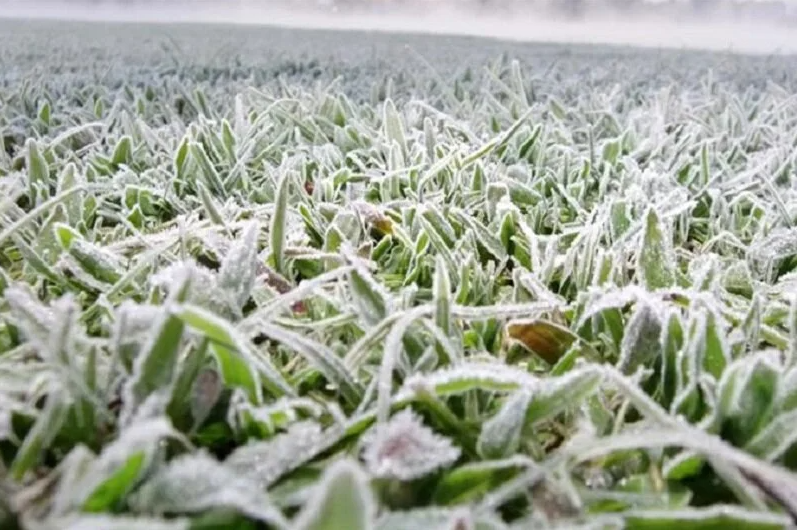
Battered by Brazil's drought and frost, sugar prices rose along with coffee prices, and wheat prices soared to an eight-year high.
CNN's Aug. 13 article pointed out that climate change is driving up people's consumption at the table, and the prices of commodities such as sugar and coffee are soaring as extreme weather affects global agriculture. Sugar and coffee futures have risen more than 50 percent in the past year. The Bloomberg Commodity Index is up nearly 35 percent.
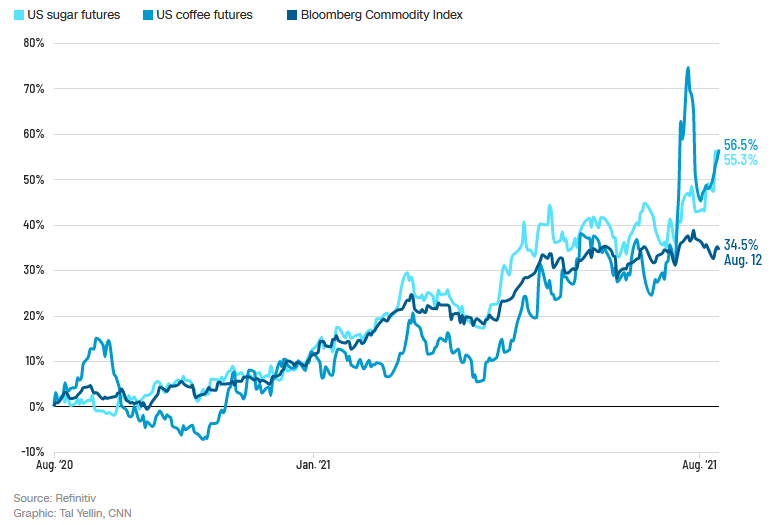
prices soared
According to the FAO, world food prices have risen 31 percent over the past year. Supply shortages caused by extreme weather are among the factors contributing to higher food prices.
Robert Yawger, who has 35 years of experience in the commodities industry, said he was no stranger to rising agricultural prices, but unlike previous ones, this one was not driven by factors such as emerging market demand or a weak dollar.
Yager, executive director of energy futures at Mizuho Securities, said climate disasters in the past did not cause all prices to rise at once, but it has never been like this-all commodity prices have soared together.
According to Swiss Re, the world's largest insurance company, severe weather-related natural disaster events caused $40 billion in losses in the first half of 2021 alone.
Labor shortages, rising transportation costs
Rising food prices may be driven by a variety of factors, some of which are unrelated to climate change.
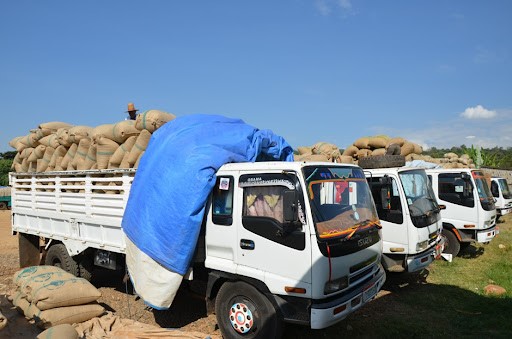
Some food price increases are due to labor shortages caused by the impact of COVID-19. And the rise in oil prices has caused transportation costs to rise as well. Not to mention the increase in packaging costs.
crop failures
Climate change is increasing the frequency and severity of droughts, according to the UN Intergovernmental Panel on Climate Change. Drought, which occurred only once in the past decade, is now occurring 70 per cent more frequently around the world.
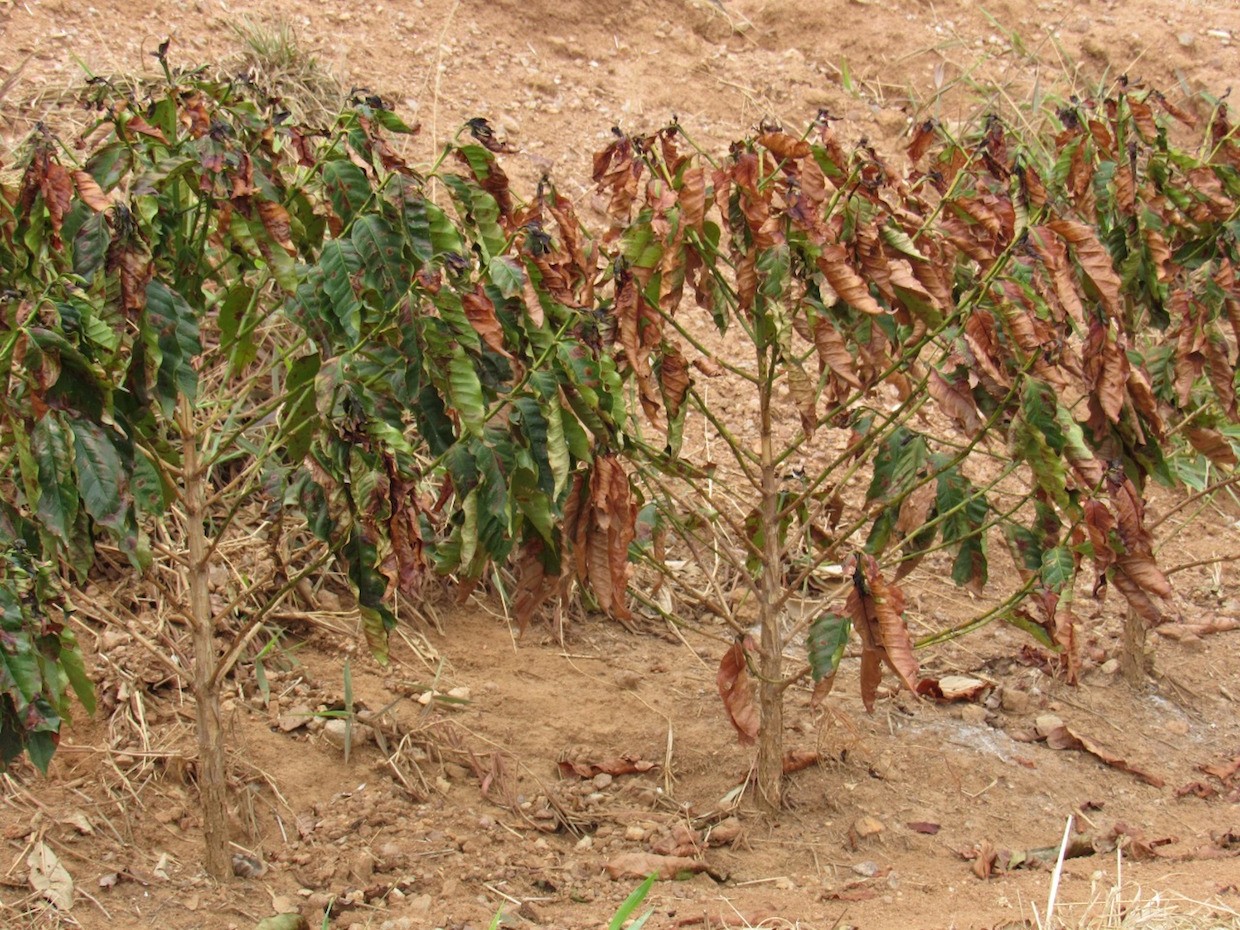
Brazil is still in a severe drought period, with cumulative rainfall in parts of Brazil from March to July this year falling sharply from the same period in 2019 and compared with the same period in 2020, according to an article on Aug.12 by Coffee Financial Network.
Coffee and sugar prices are firm
A severe frost has damaged Brazil's coffee crop, raising fears of a serious yield drop.
Bartashus, an analyst at Bloomberg Intelligence, said that if demand stays the same or even grows with restaurant openings, but supply is constrained, this naturally translates into higher prices that consumers will eventually pay for.


Although coffee prices have fallen back, a frost in Brazil could reverse that trend. Because big companies buy coffee beans (and other goods) differently, the impact on consumers may not be immediately apparent.
However, according to Reuters news on August 9, the market expects Arabica coffee to rise to 200 cents per pound by the end of the year.
Important Notice :
前街咖啡 FrontStreet Coffee has moved to new addredd:
FrontStreet Coffee Address: 315,Donghua East Road,GuangZhou
Tel:020 38364473
- Prev
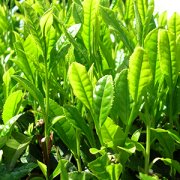
According to the degree of fermentation, tea is divided into fermented tea, green tea, black tea and Pu'er tea.
Many kinds of tea come from the same plant Camellia. Different kinds of tea are the result of different tea-making processes. The degree of tea fermentation is one of the key steps in the process of making tea. It refers to how many enzymes are allowed to oxidize tea before drying. The oxidation process can be prevented by baking or steaming before the leaves are completely dry. After fermentation, the originally dark green leaves turned reddish brown.
- Next

What does it mean to wash tea and wake up tea? how long does it take to wake up tea?
From childhood to childhood, every time I drink tea with my parents, in addition to Guangdong's unique hot washing utensils with boiling water, there is also an action that I still can't understand: rinse the tea, that is, pour the first tea! Yes, that's right! It's down! Of course, every time will ask the elders, why pour out, those are also the essence of tea, ah, pour out is not a bit of a waste
Related
- Beginners will see the "Coffee pull flower" guide!
- What is the difference between ice blog purified milk and ordinary milk coffee?
- Why is the Philippines the largest producer of crops in Liberia?
- For coffee extraction, should the fine powder be retained?
- How does extracted espresso fill pressed powder? How much strength does it take to press the powder?
- How to make jasmine cold extract coffee? Is the jasmine + latte good?
- Will this little toy really make the coffee taste better? How does Lily Drip affect coffee extraction?
- Will the action of slapping the filter cup also affect coffee extraction?
- What's the difference between powder-to-water ratio and powder-to-liquid ratio?
- What is the Ethiopian local species? What does it have to do with Heirloom native species?

